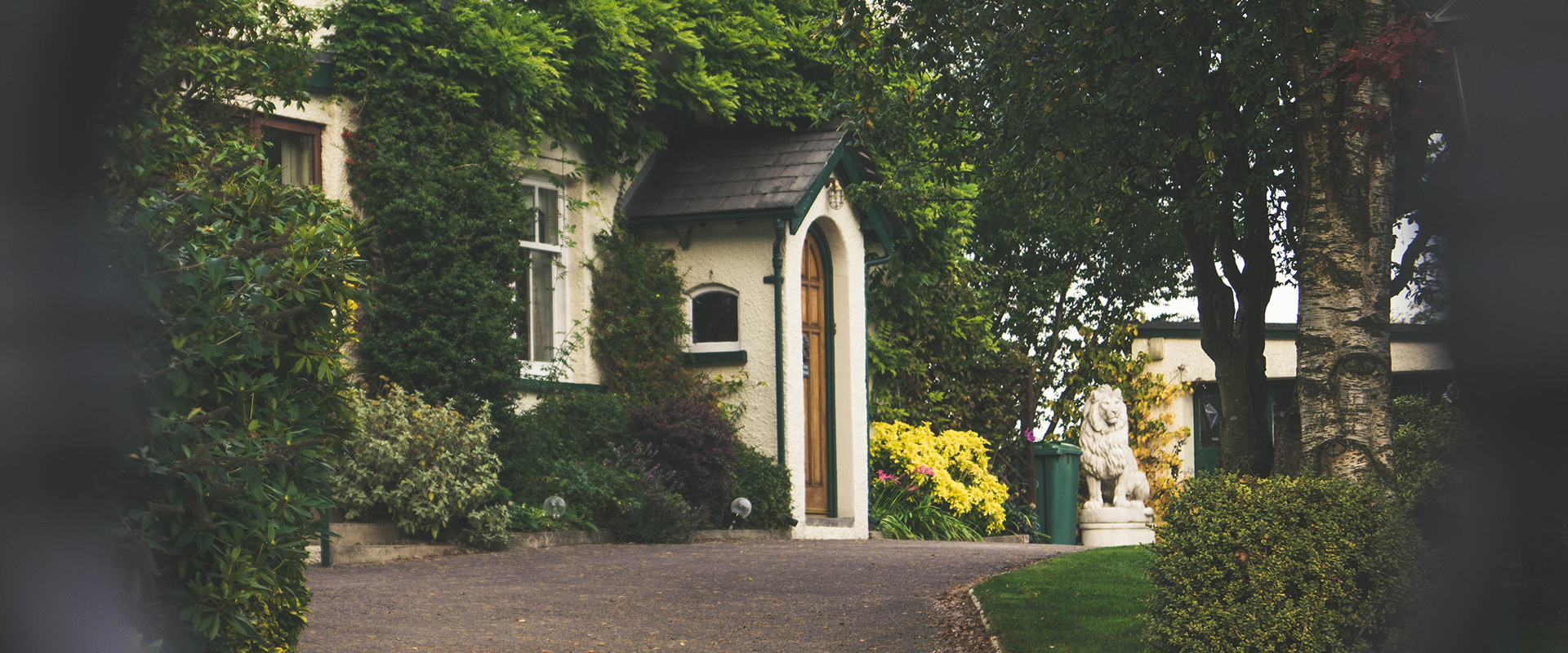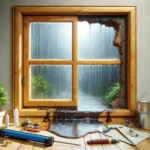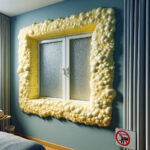Time inevitably exerts its influence on everything that exists under the sun, including our precious homes. Over the years, homes have undergone changes in both their physical appearance and aesthetics. For homeowners, this can lead to concerns about the work needed to keep their home in good condition. Similarly, for future buyers, it is essential to consider the condition of the home they are considering buying.
Indeed, if you own a house that is 30 years old or more, it is realistic to expect, if no action is taken, that your home will suffer damage. In this article, Caulking Elite would like to draw your attention to 5 common types of degradation that affect homes in the Greater Montreal Area.
Water Infiltration: A Common Problem Contributing to the Deterioration of Your Home

When your home undergoes water infiltration,this is one of the evidence that it gets old.
Water infiltration is often caused by cracks. This is a problem that must be solved as soon as possible otherwise it will cause further damage to both property and sanitary conditions:
- Mold appears on the walls of houses or on ceilings. They are not health-promoting especially for people with asthma;
- The proliferation of bacteria is evident if water seeps into your home. We all know that bacteria love moisture.
Water infiltration can cause allergies, rashes, breathing problems, irritation of the nose or throat, sleep disturbances, etc.
Foundation Problems
Houses 30 years old or older often face foundation problems. In fact, the majority of houses built before 1940 do not have adequate foundationsto allow drainage of water thus causing in the basements, moisture and mold.
In any case, it would be wise for you to take the advice of a building engineer before buying a house that is 30 years old or older.
However, you will notice the foundation problems usually at the floor level which tends to become uneven and doors and windows that open and close poorly.
Foundation problems are very important. Some foundation problems can be solved on a small budget as well as other problems may require a larger budget of up to tens of thousands of dollars. To finish with this problem, invite Laval Caulking.
Signs of a Deteriorating House: The Impact of Old Fenestration
The quality of your doors and windows is also fundamental. Very dilapidated doors and windows allow for the entry of drafts and the infiltration of water into homes. The average lifespan of windows and doors is 25 to 30 years.
Doors and windows that have not been replaced during this period can only be in poor condition. This is easy to see. Appearances may be misleading, but in this case you should consider changing your doors and windows. It is possible to put an end to this problem by using the Montreal Calfingservice.
Degrading masonry
With the rather harsh climate and the passing of the years, the houses lose their freshness and beauty. Masonry is also taking a serious hit. Among other things, we can see:
Cracks in concrete
In construction, concrete is one of the most used materials in the world. However, when you look at the houses around us, as well as those recently built, you notice that no house has remained intact.
Concrete is not as perfect as you might think. It tends to crack over the years. These cracks are different from each other depending on the main factor.
These factors may be related to:
- A deformation;
- Swelling;
- A hydraulic or thermal retraction.
Efflorescence
Often confused with mould that can be either black or yellowish, the efflorescence differs in its whitish color. The efflorescence attaches to building materials based on lime and cement or cement to masonry. It has the appearance of a crystalline deposit.
Efflorescence can be caused by the presence of water in one of the building materials such as concrete. In this case, you’ll just have to wait for the water to completely evaporate to treat the affected area with a water-based cleaner available in the shops.
Efflorescence can also be caused by water seeping into dry material, for example below or around a building. When this happens, a salt deposit is piled up on the surface of the material causing it to deteriorate.
The Waterproofing Problem: A Common Cause of Home Deterioration
Maintaining your home will certainly keep your home comfortable to live in, but will not necessarily protect you from drain or waterproofing problems.
Whether it’s the front or the interior wall of the house, waterproofing problems help degrade your home. Indeed, the facades of the house are exposed to all the weather; which speeds up the waterproofing problems.
The facades of the house should be regularly maintained using a quality sealant. Various waterproofing products are available in shops.
- However, you should choose them carefully based on criteria such as:
- Hair lifts;
- The porosity of the materials;
- Infiltration;
- Condensation.
Professionals like Elite Calfeutrage will be able, after inspection of your home, to guide you or solve these types of problems with results that live up to your expectations.
Decontamination
Please contact someone with the expertise and experience to carry out the initial, continuous and final stabilization of the humidity level of your property and to decontaminate mold contained in the building materials of your home. It is important to do a
complete mold decontamination,
so as not to create mold or fungus in your home in the short term.
Deteriorating House FAQs: Discover Solutions to Prevent and Repair Damage
What are the signs that my home is falling apart?
There are several signs that your home may be deteriorating. Exterior signs include cracks in the foundations, waterproofing problems around windows and doors, and visible deterioration of the façade. Inside, you might notice cracks in the walls, sagging ceilings, or sloping floors. These signals must be taken seriously to avoid further deterioration.
How can water infiltration contribute to the deterioration of a house?
Water infiltration is one of the main causes of house deterioration. Water can seep through roofs, walls, windows, or foundations, causing significant damage such as wood rot, mold growth, corrosion of materials, and weakening of the structure. Water infiltration can also compromise the thermal insulation of the home, leading to energy losses and high heating bills.
How can I prevent degradation due to water infiltration in my home?
Preventing degradation due to water infiltration starts with a regular inspection of your home for signs of infiltration, such as moisture spots, cracks, and leaks. Make sure your gutters and downspouts are in good condition and drain water away from the house. Promptly repair any damaged caulking around windows and doors, and make sure the roof is in good condition. Finally, consider applying a water-repellent sealant to exposed surfaces for extra protection.
What are the consequences of deteriorating caulking around windows and doors?
Deteriorating caulking around windows and doors can lead to several problems. Unwanted drafts can seep in, causing a loss of energy efficiency and higher heating bills. In addition, moisture can penetrate, creating an environment conducive to mold growth and wood rot. It can also affect the structural integrity of the home. Replacing or repairing caulking is essential to avoid these harmful consequences.
What are the steps to repair cracks in my home’s foundation and prevent further degradation?
Repairing cracks in your home’s foundation is crucial to prevent further degradation. The first step is to clean the area around the crack and prepare it properly. Then, you can use proper caulking to fill the crack and seal it tightly. Be sure to follow the manufacturer’s recommendations and allow the caulk to dry properly. If the cracks are severe, it may be necessary to call in a professional for a structural repair. Prompt repair of cracks will prevent more serious problems such as loss of stability of the foundation.



